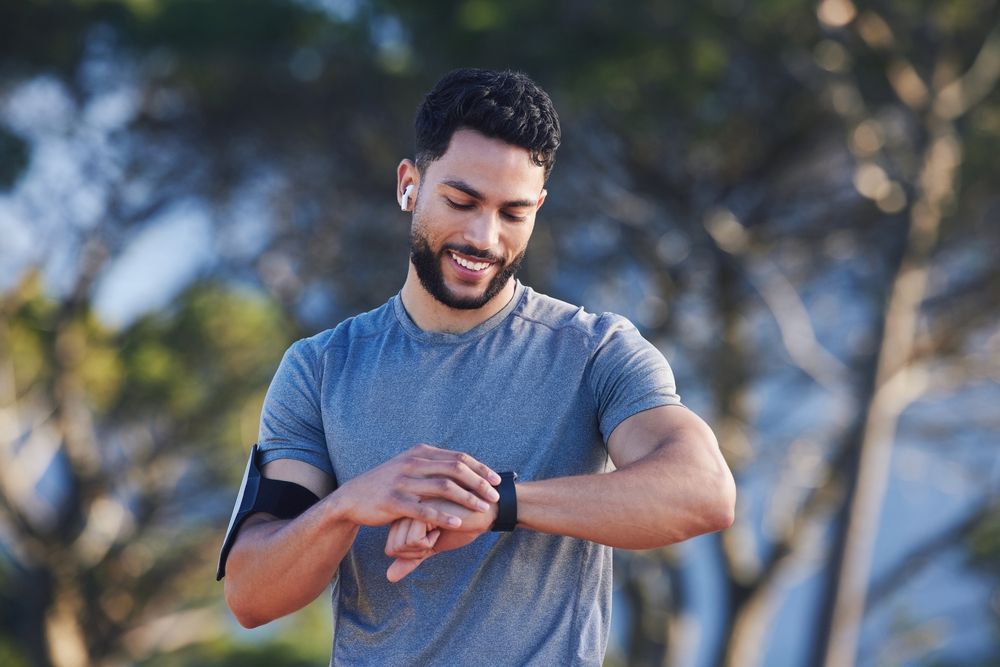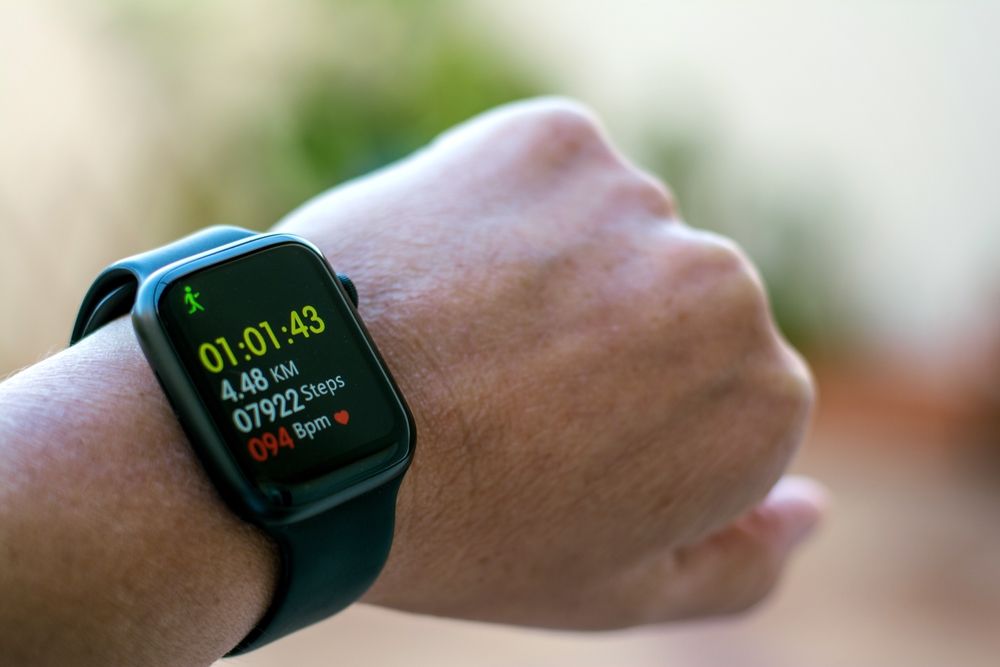
It’s widely known that burning calories plays a key role in weight loss. However, when it comes to exercise, some activities are more effective than others in torching calories. Fortunately, Eat This, Not That (ETNT) has your back. They spoke with Rachel MacPherson, CPT, an ACE-certified personal trainer from Garage Gym Reviews, who shared the science behind her top calorie-burning exercise to help you maximize your workout time.
Whether your goal is to lose excess weight or simply improve your health, knowing which exercises burn the most calories can help you design a more efficient fitness routine. As noted by the National Institutes of Health, factors like exercise intensity and duration, body weight, age, and metabolism all influence the number of calories you burn.
In the end, combining a balanced mix of cardiovascular and strength training exercises into your routine is the most effective way to promote long-term weight loss and improve overall health.
Understanding How Your Body Burns Calories

At its foundation, the calorie-burning process involves the body using energy during physical activity. The number of calories burned is influenced by factors such as body size, muscle mass, age, and activity level. MacPherson notes that individuals with more muscle and larger body sizes tend to burn more calories, even at rest. While aging can slow down calorie burn due to muscle loss, this can be mitigated through strength-building exercises. Additionally, genetics and hormones can affect how efficiently your metabolism converts energy.
MacPherson explains, "Calorie burning is essentially your metabolism at work, transforming the food and drinks you consume into energy to fuel bodily functions like breathing and muscle movement. The total number of calories you burn each day is determined by your Basal Metabolic Rate (BMR), which is the energy required for your body to maintain essential functions while at rest."
Running: The Top Exercise for Maximum Calorie Burn

So, what exercise burns the most calories? According to MacPherson, the answer is quite simple.
"Running burns the most calories," says MacPherson. "Running at 10 miles per hour (mph) for 30 minutes can burn approximately 594 calories for a 155-pound person. However, that pace is very demanding, and few people can sustain it for 30 minutes. For recreational runners, a pace of 5 to 6 mph is more typical, burning an estimated 288 to 350 calories in 30 minutes for a 155-pound individual. More experienced runners, managing speeds of 6 to 7.5 mph, can burn around 450 calories in the same time."
However, MacPherson emphasizes that relying on cardio alone isn’t the most effective calorie-burning strategy. Small portions of high-calorie food can easily counteract the calorie burn from exercise. For optimal weight-loss results, she recommends creating a healthy calorie deficit through diet, staying active throughout the day, and incorporating strength training into your routine.
Other Top Calorie-Burning Exercises

In addition to running, several other exercises can significantly boost calorie burn:
Strength Training
"Strength training supports a healthy metabolism," says MacPherson. "Research shows that your body adapts and burns fewer calories over time when doing the same amount of exercise. This is why relying solely on high-calorie-burning exercises for weight loss is often ineffective in the long run." She recommends incorporating strength training into your routine two to five times per week.
Walking
MacPherson highlights walking as a low-impact way to increase daily calorie burn without straining your body. Walking regularly, whether at home, at work, or around the neighborhood, can add up to more calories burned than a single high-intensity workout like running. She advises walking daily for as long as you're comfortable to maximize these benefits.
Recreational Sports
"Engaging in a social sport that you enjoy can help keep you motivated and consistent with your exercise routine," explains MacPherson. "It feels fun and engaging while also relieving stress, which research indicates is vital for weight loss." Participating in team or social sports a few times a week—or even just once—can provide notable health and fitness benefits.
Tips for Maximizing Calorie Burn During Exercise

Strength training builds muscle, which increases metabolism and allows you to burn more calories even when you're at rest. In addition, maintaining a healthy, well-balanced diet and avoiding excess calories is crucial for maximizing calorie burn. MacPherson emphasizes that fueling your body with nutritious carbs and protein is essential for optimizing performance and preventing fatigue, which allows for more efficient calorie burning.
To enhance calorie burn during strength training, MacPherson suggests reducing rest times or incorporating supersets, which involve alternating between opposing muscle groups. Keeping rest periods to 60 seconds between sets maintains workout intensity and reduces overall workout time without compromising results.
"Getting sufficient sleep is also key to maximizing calorie burn," says MacPherson. "With more energy, you can perform at higher intensities without needing to stop. Prioritizing recovery will also help prevent fatigue and injury, allowing you to stay consistent and make progress toward your fitness goals."

